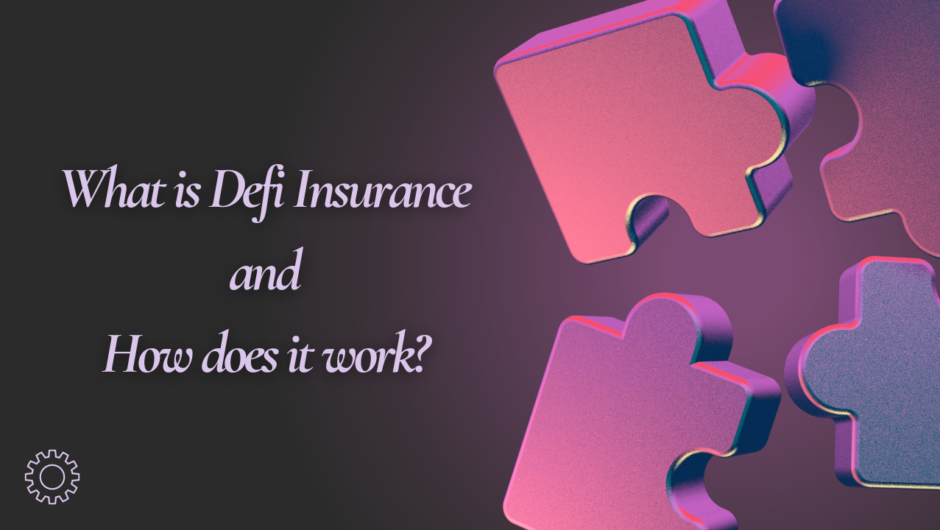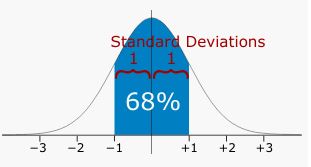Terminating an insurance policy can be a important decision, whether due to financial constraints, finding a better deal, or changes in personal circumstances. This process involves formally ending the contract between the policyholder and the insurer, which can have various implications, including loss of coverage and potential financial penalties. Understanding the steps, reasons, and consequences of policy termination is crucial for making an informed decision. This introduction outlines the essential aspects to consider when deciding to terminate an insurance policy, ensuring that the decision aligns with your current needs and future security.

Here are the tips to terminate an insurance policy:
1. Review the Policy Terms
Before deciding to terminate an insurance policy, it’s essential to thoroughly review the policy’s terms and conditions. This careful examination will help you understand the specific implications of cancellation, including any fees, penalties, or loss of benefits. Policies often have clauses that outline the financial repercussions of early termination, which can impact your decision. Additionally, reviewing these terms ensures you are aware of any requirements or steps that must be followed to cancel the policy properly. By understanding these details, you can make an informed choice that aligns with your financial situation and coverage needs.
2. Check for Alternatives
Before canceling your insurance policy, consider exploring alternatives that might better suit your current needs without terminating the policy entirely. Adjusting the policy, such as downgrading coverage or changing the deductible, can often provide a more affordable solution while maintaining essential protection. Additionally, insurers may offer flexible options like suspending coverage temporarily or switching to a different plan. By discussing these possibilities with your insurance provider, you might find a solution that addresses your concerns and avoids the potential drawbacks of outright cancellation, ensuring continued coverage tailored to your evolving circumstances.
3. Contact Your Insurer
Once you’ve decided to terminate your insurance policy, the next crucial step is to contact your insurance provider directly. Speaking with a representative allows you to clearly communicate your intention to cancel and obtain detailed information about the cancellation process. Your insurer can guide you through the necessary steps, inform you of any required documentation, and explain the timeline for termination. Additionally, this conversation provides an opportunity to discuss any potential alternatives or retention offers that might better meet your needs. Ensuring clear communication with your insurer helps to avoid misunderstandings and facilitates a smooth cancellation process.
4. Provide Written Notice
To formally terminate your insurance policy, you often need to submit a written cancellation request. This formal notice serves as official documentation of your intent to cancel and is required by many insurers. Ensure your letter includes essential details such as your policy number, the effective date of cancellation, and your contact information. Clearly state your request to terminate the policy and any relevant reasons, if necessary. Sending this notice via a method that provides confirmation of receipt, like registered mail or an email with a delivery receipt, helps ensure that your cancellation is processed promptly and avoids any potential disputes.
5. Consider the Timing
When canceling your insurance policy, timing is crucial to avoid unnecessary charges. Ideally, you should schedule the cancellation at the end of a billing cycle or premium payment period. This approach ensures that you’re not billed for coverage you won’t utilize and helps you avoid overlapping coverage periods. By aligning the cancellation with the end of a billing cycle, you also reduce the risk of having to request refunds for unused coverage. Carefully review your policy’s billing schedule and plan the cancellation accordingly to optimize financial efficiency and minimize any additional costs associated with terminating your policy.
6. Verify Refund Eligibility
Before canceling your insurance policy, it’s important to verify if you are eligible for a refund of any unused premium amounts. If you have prepaid premiums, inquire with your insurer about the possibility of receiving a refund for the remaining coverage period. Refund policies vary by insurer and type of policy, so it’s essential to understand the terms that apply to your situation. Request detailed information on how refunds are calculated, any applicable fees, and the timeline for receiving your refund. Ensuring clarity on these aspects helps you manage your finances effectively and ensures you receive any entitled reimbursement.
7. Obtain Proof of Cancellation
After completing the cancellation process, it’s crucial to obtain written confirmation from your insurance provider that your policy has been successfully terminated. This proof of cancellation serves as official documentation that your coverage has ended and helps protect you against any potential disputes or misunderstandings in the future. Ensure the confirmation includes details such as the effective date of cancellation and any pertinent information regarding the termination. Request this confirmation in writing, either through email or postal mail, and keep a copy for your records. Having this documentation provides peace of mind and verifies that the cancellation was processed correctly.
8. Transition to New Coverage
When replacing your insurance policy, it’s vital to ensure that the new coverage is fully active before canceling your existing policy. This precaution prevents any gaps in coverage that could leave you unprotected. Verify the start date of the new policy and confirm that it is in effect before initiating the cancellation of the old one. Coordinating the transition in this manner ensures that you maintain continuous coverage and avoid potential risks or liabilities during the changeover period. By managing this transition carefully, you safeguard yourself against lapses in protection and ensure a smooth switch between policies.
9. Update Automatic Payments
After canceling your insurance policy, it is essential to update or cancel any automatic payments associated with the policy. If you have set up recurring payments for premiums, ensure that these are stopped to prevent any future charges once the policy is terminated. Contact your bank or payment provider to halt the automatic transactions and confirm that no further payments will be processed. Additionally, verify with your insurer that they have received your cancellation request and that no further charges are due. Taking these steps helps avoid unnecessary deductions from your account and ensures a smooth and complete termination of your policy.
10. Keep Records
Retaining all communication and documents related to your insurance policy cancellation is crucial for your records and protection. Store copies of written cancellation requests, correspondence with your insurer, proof of cancellation, and any documentation of refunds or final payments. This comprehensive record-keeping ensures that you have evidence of the termination process in case of any future disputes or issues. Additionally, maintaining these records provides a reference for any follow-up actions required and helps you manage your insurance history efficiently. By keeping thorough documentation, you safeguard yourself against potential misunderstandings and ensure a smooth transition away from the canceled policy.
Conclusion
Terminating an insurance policy requires careful consideration and a systematic approach to ensure a smooth transition. Begin by reviewing the policy terms to understand the implications of cancellation, including any fees or penalties. Explore alternatives, such as adjusting coverage, before deciding to cancel outright. Contact your insurer to discuss the cancellation process and provide a formal written request. Timing your cancellation at the end of a billing cycle can help avoid unnecessary charges. Verify your refund eligibility for any unused premiums and obtain written proof of cancellation. Finally, update automatic payments and retain all relevant records to protect yourself against future disputes.
Read More:

Hello, I am Tanisha Kriplani, graduated in computer science from Delhi University. I am passionate about web content writing and have a strong interest in Data Analytics and Data Engineering.












